|
Lately when I am in the garden, those immortal words of the Wicked Witch of the West come to mind, but not because someone has thrown water on me. Quite the contrary, I wish someone would throw a bucket of water on me! The heat and humidity definitely “get” to me these summer days. I am doing my gardening most days early in the morning before the sun hits my southwest facing yard.
Here are a few things to watch for in your gardens during this steamy time of the year – Irrigation – For heavens sake, if we get one of those afternoon thunderstorms, turn off your irrigation. More plants are killed from too much water than too little. Rain water is much better for your plants than county water with its chemical treatments, but too much of a good thing is just too much of a good thing. Root rot and fungal diseases are very real problems right now. If you do need to irrigate, remember that early in the morning is the best time – before the sun heats up the soil. Our water department does request that you not water between 3AM and 9AM. Water either earlier than 3:00 or after 9:00 although this is not ideal. If you waterin the evening, moisture can cause some disease issues and if you water in the heat of the day, most of it evaporates before the plant is able to take the water up from the roots. When the night temperatures get above 70, our poor plants continue to engage in transpiration all night long. Think of how exhausted you would be if you panted all night long. Unfortunately, the symptoms of over watering and under watering are the same – droopy leaves. If plants are too dry, the leaves droop because they are not getting moisture. If plants are too wet and the roots have rotted, the leaves also droop because the roots are unable to bring water up the stems. A moisture meter is a good investment although I just put my finger down into the soil to see if it is moist or dry. Mulch - Mulching is always helpful to keep the soil cooler. I have been using mushroom compost as a mulch. It helps to enrich the soil as the nutrients leach down, it keeps weed growth down, and it will keep the soil cooler. Shredded bark mulch or pine straw are perfectly fine mulches and will also break down eventually to help the soil. Weeds - Weeds love hot and moist conditions. The worst weed you will see now is Chamber bitter. This innocuous looking little weed has hundred of seeds under its stems and can grow to six feet tall. It spreads like crazy, but fortunately can be easily pulled out when young. Dog fennel grows well here and looks like a small fluffy tree. Various spurges will try to take over your garden beds as well. Pull, pull, and pull. Do not compost these unless your yard waste goes to a professional composter where the temperature is so high that weed seeds will be killed. Sad Plants—Some of your plants may look sad right now. It is fine to cut them back. I have cut my geraniums (Pelargoniums) way back and put them in the shade. When the weather gets cooler, they will come back. I have also cut down some salvias that look tatty. It will not hurt plants to have a summer haircut. Keep on with deadheading flowers. This signals the plant to produce more blooms. Fertilizer – With our poor plants in a constant state of transpiring (or breathing to put it in human terms ), you may need to fertilize. I try not to and opt to just depend upon compost for nutrients. In the middle of summer though, plants will need a pick me up. Container plants will definitely need a slow release fertilizer. Do not use a liquid as it will just wash away. Granular is better to use. These are just a few tips to help you get through these drippy, three t shirt, two shower days. Remember to hydrate yourselves as well as your plants and we will survive.
0 Comments
A View From Across the PondI have been fortunate to visit RHS Chelsea in London, England on three different occasions. What is it? Chelsea is the Royal Horticultural Society’s largest flower show and in fact, it is the largest and most prestigious flower show in the world. It is held every May for five days and covers 11 acres of parkland with show gardens, balcony gardens, house plant displays, and at 2.9 acres, the world’s largest tent. The tent or Grand Pavilion houses floral displays as well as vendors showing off their plants that can range from roses, South African proteas, and daffodils. There is truly something for every gardener. The garden designers and growers are all vying for the coveted Gold Medal and I had dinner with one of the judges and believe me when I say that they take their job very seriously. For the past few years garden designers have been matched up with a U.K charity. Their garden should somehow reflect the mission of that charity and when the show is over, the charity decides where the garden will have its permanent home. It is wonderful to know that the garden – flowers, benches, hardscape, etc. will have a home where it can be enjoyed by many people. As far as what was in “vogue” this year? I found it amusing that our tractor seat plant (Farfugium japonica) was a huge hit. People were asking me what it was! And hold on to your rakes – Spanish moss was much in evidence. I remember seeing Spanish moss for sale in the gift shop at the Edinburgh Royal Botanic Garden, but they were having a display of plants from the southeastern United States. At Chelsea, Spanish moss was used as a feature hanging from trees as well as on hanging plants in the House Plant studios. Maybe a good retirement job would be to ship Spanish moss to the U.K. Speaking of house plants- Since the pandemic, there has been a huge resurgence of interest in house plants. With so many people living in urban areas without a large space to garden, house plants have been a way to bring a bit of the garden inside. There was also an extensive display of balcony gardens using a small space. Some even had edibles grown in containers for fresh herbs and vegetables. What can a home gardener take away from this year’s show? Orange and rust tones seemed to be the “in style” color this year. Moss was often used as a ground cover. Plant material was often planted into gravel rather than directly into compost. Gravel gardening seems to be taking off more and more. My own gravel garden is doing quite well this year and is weed free. Bagged compost in the U.K must be peat free by law and that was very much in evidence with educational displays. Their peat bogs are a valuable source for wildlife and the worry is that they cannot renew themselves quickly enough to be sustainable. There were also displays about not rototilling your garden as science is showing that this destroys the soil structure and soil microbes. Chelsea is set up to be beautiful and enjoyable, but also a learning experience for the visitors. Chelsea is the ultimate experience for a gardener with something for everyone. It is also an event to relish the return of spring to England. The gates open at 8AM and by the time my daughter and I arrived at the tent a few minutes later people were drinking champagne. When my daughter remarked on it, a person next to her exclaimed “Well, Darling. IT IS Chelsea!” Did we get champagne? Of course, we did.
C. A. G. - Three Iconic Southern Shrubs |
| There is so much research going on right now about native plants and their use in our yards and gardens. First of all, what is a native plant? A native plant is an indigenous land and or/aquatic species that occurs naturally in a region. In North America, a native plant is recognized as a tree, shrub, or plant that existed before European settlement. Believe it or not, turf grass like that found in your lawn is not native to the eastern hemisphere. The early settlers had to bring grass seed with them. Kentucky Blue Grass is not from Kentucky. It is indigenous to the middle east and asia. How do I feel about natives? I am not totally conformist and stringent about using natives. I use them if I find them attractive and useful for wildlife and pollinators. Recent studies are showing that planting any kind of flowering shrub or plant is beneficial rather than nothing at all or just a grass lawn. A study at Great Dixter had an entomologist look at two locations in this famous English garden – a wildflower meadow and the mixed herbaceous border with flowering shrubs, roses, and many different types of perennials from all over the world. The mixed border actually had more insect species than the wildflower meadow. |
We are fortunate in North America and particularly the southeast to have some really outstanding native plants that we can purchase at nurseries and garden centers. Take one of my favorites, Baptisia. Native to the southeast, this member of the legume family blooms in the early spring. Even after blooming, I like the foliage and the bean like seed pods. A cultivar known as “Carolina Moonlight” is stunning with pale yellow blossoms. The native variety has purple flowers and is also attractive in any garden. It is deer resistant as are most natives. Otherwise, they never never would survive!
Gaillardia or Blanket Flower is a heat and drought loving native that you can see along a sandy beach. It is named for an 18th century French magistrate and amateur botanist, Maitre Gaillard de Charentonneau. Its common name may reflect the colors used in Native American blankets. Make certain that this plant does not get too much water. It really likes to be dry. The only problem with Blanket Flowers is that they are a short lived perennial, but they can spread and produce new plants given the right conditions.
Coneflowers are among my favorites and although they are not native to the southeast, they are a native American prairie plant much beloved the world over.
You can see them from U.K. to Germany to Japan. They do like cold in winter and mine look the best ever thanks to the December hard freeze. They spread by seeds and if you are lucky, you will have baby coneflowers. They bloom for a long time and now there are cultivars in many colors – the traditional pink, but also red, orange, lime green, white, and yellow.
You can see them from U.K. to Germany to Japan. They do like cold in winter and mine look the best ever thanks to the December hard freeze. They spread by seeds and if you are lucky, you will have baby coneflowers. They bloom for a long time and now there are cultivars in many colors – the traditional pink, but also red, orange, lime green, white, and yellow.
A southeastern native is Eryngium yuccifolia, commonly known as Rattlesnake master. The basal leaves look a bit like yucca, but the flowers are little white spiky balls that are loved by bees and wasps and some butterflies. It is not invasive and stays neat and tidy. The legend is that Native Americans used its leaves to brew a tea as an antidote to a Rattlesnake bite. I have no desire to experiment with that.
If you can find these native, give them a try. They will add quite a bit of variety and color to your garden.
On another note, My book is now available at Lowco Gardens in Port Royal, Bruno's Garden Center and the Greenery on Hilton Head Island.
On another note, My book is now available at Lowco Gardens in Port Royal, Bruno's Garden Center and the Greenery on Hilton Head Island.
My garden has never looked better. My Bottlebrushes are still sad, but they are coming back – slowly. Everything else seems to have come alive in a very short period of time. I turn around and something else is blooming or poking up through the earth.
So what is looking particularly good? My roses. I have one rose that I was about to give up on and it is blooming for the first time in three years. Not just one puny little blossom, but lots and lots. I just mulched them with composted cow manure and that should make them even happier. My roses seemed to thrive after the cold spell and I have heard other gardeners say the same thing – that their roses have never looked better.
So what is looking particularly good? My roses. I have one rose that I was about to give up on and it is blooming for the first time in three years. Not just one puny little blossom, but lots and lots. I just mulched them with composted cow manure and that should make them even happier. My roses seemed to thrive after the cold spell and I have heard other gardeners say the same thing – that their roses have never looked better.
I like the look of Gaura (Oenothera lindheimeri), but mine never has looked that full and had the flowers that they should have- until now. They have come alive after just taking up place for a couple of years. The cultivar is called “Whirling Butterflies” and the flowers look just like that. Gaura is one of those plants whose DNA extracted by plant scientists called for a name change. It is now in the evening primrose family. I saw those busy scientists at work last May at RHS Wisley’s research facility, Hilltop. Wonderful place, but I wanted to shake my fist at the scientists who are making life a little harder for those of us who use Latin binomials to identify plant families.
I have tried a new type of allium that I saw in U.K. last year. It is called Allium bulgaricum. I always wonder if this is wise because our climate is so darn warm, but up they came and I like their odd look.
I have replanted African bush daisies (Euryops chrysanthemoides.) this year. I have always said that perennials are not forever. In both my garden and in a pollinator garden that I maintain, the African daisies got woody and had mildew and just looked pathetic. When I pulled on them, they came out with hardly any root structure. Death by old age. Fortunately, they are not expensive and easy to find at local nurseries. I hope that my roots are in better shape. When I bought the new plants, I noticed that they are now called “California bush daisy.” This definitely sounds more native. And that is why I use the Latin name.
All of my salvias have come back up. Hooray. They are some of my favorite plants since they thrive in heat and humidity and the deer do not like them. Those new “Rockin” varieties from Proven Winners seem to be very tough. I love a plant that blooms for an extended period of time and my salvias are blooming now and will until January.
All of my salvias have come back up. Hooray. They are some of my favorite plants since they thrive in heat and humidity and the deer do not like them. Those new “Rockin” varieties from Proven Winners seem to be very tough. I love a plant that blooms for an extended period of time and my salvias are blooming now and will until January.
I did try something new this year – I planted a small gravel garden. Gravel gardening is becoming very popular, but not so much in the U.S.A. I had a spot where nothing grew. The topsoil washed off in every heavy rain. I put down several bags of compost to a thickness of about 8 inches and then put five-six inches of pea gravel on top. You dig through the gravel and put your plants in the topsoil. I used plants that like heat and full sun. So far, so good. I will keep you posted on how it looks in August! That will be the real test.
My pitcher plants are blooming right now. Once the flowers are finished, the new pitchers come up. I have added two new “pitchers” this year – Satchel Paige and Pedro Martinez. I needed some diversity and they are tall and proud. I buy my pitcher plants from the Pacific Northwest even though they are native here. You must buy them from an accredited grower and not gather them in the wild as they are protected.
My book Lowcountry Gardening for Newcomers: How to Succeed as a Comya Gardener is selling slowly but surely. You can find it at LowCo Gardens in Port Royal as well as the Greenery on Hilton Head. The last chapter says it all with its title “I Have Killed More Things Than Most People Plant or How to Let Go.” I do not pretend to know it all. I have had successes and many failures, but I plug on. That is what we do as gardeners.
Enjoy the wonderful spring weather and get out there and play in the dirt.
Enjoy the wonderful spring weather and get out there and play in the dirt.
Well you might ask that since I have not posted a new blog in quite some time. I wish I could say that I have been binge watching Gardener’s World on BBC and eating bon bons. First, I have been in a play/musical for charity. Appropriately, I played Mother Earth. Secondly, I have been working to restore and revive my freeze damaged gardens that have sprouted way too soon. And last but hardly least, I have had a book printed and have been busily delivering copies. What is the title? Lowcountry Gardening for Newcomers: How to Succeed as a Comya Gardener. I self published so I could write exactly what I wanted without a state textbook adoption committee telling me what to write. I hate it when history is changed to suit a particular mindset. Well, this book is hardly controversial unless you are a weed or a plant eating deer.
Where do you get this book? So far, it is carried at LowCo Gardeners in Port Royal. I am working on getting it to Hilton Head and other areas.
Now to the subject at hand: What am I doing in my garden? I was patient although I really wanted to hack my Bottlebrushes down. They are slowly returning. The recent warm weather has things sprouting and blooming very early. There is Wisteria blooming and it is early March – way way too early. It is kind of scary in a way. I said that the hard freeze in December would not kill most things and even my Meyer Lemon has blossom buds and new leaves. There were a few sad losses. My Hamelia patens or Mexican firebush is gone. I always take a chance with it anyway.
I lost some succulents which can happen. They have all been replaced. My Salvia are all coming back and they are really a hardy annual (or tender perennial?) Black-eyed Susan have reseeded and are coming up in random locations. My roses are all in bloom and this is the earliest ever.
I lost some succulents which can happen. They have all been replaced. My Salvia are all coming back and they are really a hardy annual (or tender perennial?) Black-eyed Susan have reseeded and are coming up in random locations. My roses are all in bloom and this is the earliest ever.
What do I have to most in my garden? Thousands, maybe millions of baby pine trees. I have never seen so many in my life. I could reforest the entire European continent. I have pulled some out, but think I will smother them with mulch. And lots of little oak trees thanks to those fluffy tailed garden rats burying them. I also think that it will be bumper weed year.
Some plants that are really spectacular this year are shrubs. My “Bridal Veil “spirea (Spiraea prunifolia) is a mass of tiny white flowers. My native Azalea (Rhododendron canescens) is also in full bloom. Most azaleas are native to Asia.
The first Asian azalea that is so common in South Carolina was brought to this country by Joseph Drayton to Magnolia Plantation outside of Charleston. Our native variety can be found in the woods all along the southern east coast and is commonly called the “Piedmont azalea.”
The first Asian azalea that is so common in South Carolina was brought to this country by Joseph Drayton to Magnolia Plantation outside of Charleston. Our native variety can be found in the woods all along the southern east coast and is commonly called the “Piedmont azalea.”
I had some great daffodils this year. I bought the southern collection from John Scheepers last fall, put them in the fridge for three months and then planted them in early January. I also planted iris. I love them, but wish that the blooms lasted longer.
Much to my surprise, my Hydrangeas look very healthy even one that I propagated last fall from a cutting. Now is a great time to try to propagate plants from cuttings. The hormone level is high in the stems so they tend to root more readily.
Wait to plant seeds until the end of March. I planted some directly into the ground and I was pushing the season a bit too much. Not one little seedling appeared. My bad. I have been telling everyone to be patient and I didn’t follow my own advice.
We are due for a cold snap and that could slow things down a bit. I just want the pollen out of the air.
Get out and enjoy the cool weather before our heat will hit soon enough. It is a great time to do hardscape projects, plant shrubs, and pull out those baby pine trees. I plan on doing quite a bit of mulching over the next few weeks.
A blog evaluation site named the Comya Gardener as one of the top 30 gardening blogs in the south so someone must be reading it. I promise to be a more faithful blogger. I have a lot to live up to.
Wait to plant seeds until the end of March. I planted some directly into the ground and I was pushing the season a bit too much. Not one little seedling appeared. My bad. I have been telling everyone to be patient and I didn’t follow my own advice.
We are due for a cold snap and that could slow things down a bit. I just want the pollen out of the air.
Get out and enjoy the cool weather before our heat will hit soon enough. It is a great time to do hardscape projects, plant shrubs, and pull out those baby pine trees. I plan on doing quite a bit of mulching over the next few weeks.
A blog evaluation site named the Comya Gardener as one of the top 30 gardening blogs in the south so someone must be reading it. I promise to be a more faithful blogger. I have a lot to live up to.
I know that it is difficult to even consider spring with the latest round of tough weather. As gardeners, it helps to keep one step ahead of the season. I am planning my spring and summer garden right now at the end of January with nary a green leaf in sight and all those sad looking freeze damaged plants staring at me.
Seeds can be planted indoors between 6 and 4 weeks before the date of the last frost which is usually March 15th. Check on the seed packet for the exact time span. I just looked at some of my seed packets and realized that they are written in Dutch. I bought them at the airport in Amsterdam. I wanted to bring plants and bulbs back, but the little sniffer Beagles at the airports in this country would have a field day with my suitcase. Seeds are okay though.
I really like to order seeds from either Johnny’s Seeds or Park Seeds. Park Seeds is located in Greenwood, South Carolina and is one of our nation’s oldest seeds companies. Both have excellent seeds with a good germination rate.
Right now I have several containers of seeds and seedlings on my plant tray by a sunny window. Take out containers with clear plastic lids make great mini greenhouses. Poke drainage holes in the bottom container and fill it with seed starter soil mix, available at any big box garden center. I use MiracleGro. Plant the seeds according to directions and place the clear lid on it. I planted Bunny grass and it germinated in three days. I have individual containers of larger plants where I am putting only 2-3 seeds in each one. I have put a plastic drink glass over the top for a greenhouse effect. (a good one- not the one threatening our planet) I have a spray bottle to mist the soil and I keep a small watering can nearby. I always keep the watering can full of water. Leaving tap water in over night allows some of the chemicals to dissipate and is better for the plants, especially seedlings.
I am also going to think about what plant I can propagate this spring. I have taken many Geranium (Pelargoniums) cuttings. I usually put them in water to grow roots. You can plant them into a soil mix and see if they grow roots that way. Rooting hormone on the tip of the cutting can help it get going. Thai basil also roots from cuttings very easily. It is a super plant for bees, but it is an annual so it dies down every winter. I probably have five new plants on my porch made from cuttings and I will keep on making more and more from the new plants.
Succulents can be easily propagated as well from a stem. Insert the stem into soil or sand and water well. You should get a new baby in a few weeks.
I have told you before that during the winter I do a lot of “creative staring” at my garden to figure out trouble spots and new areas to plant. This year I am thinking about making a small gravel garden in an area where nothing seems to do well.
Stay tuned for this adventure. If I decide to proceed, I will document each step. I was fortunate enough to get a how to lesson from the owner of Denman’s Garden in West Sussex, England last May. The prep work may take awhile because there is an irrigation head right in the middle and a gravel garden is by nature, a dry bed.
It should be fun to experiment. I think that pushing the envelope and trying new things is one of the most fun gardening adventures you can have. Keep staring at your garden and let us hope for an early spring even though it will mean pollen.
Seeds can be planted indoors between 6 and 4 weeks before the date of the last frost which is usually March 15th. Check on the seed packet for the exact time span. I just looked at some of my seed packets and realized that they are written in Dutch. I bought them at the airport in Amsterdam. I wanted to bring plants and bulbs back, but the little sniffer Beagles at the airports in this country would have a field day with my suitcase. Seeds are okay though.
I really like to order seeds from either Johnny’s Seeds or Park Seeds. Park Seeds is located in Greenwood, South Carolina and is one of our nation’s oldest seeds companies. Both have excellent seeds with a good germination rate.
Right now I have several containers of seeds and seedlings on my plant tray by a sunny window. Take out containers with clear plastic lids make great mini greenhouses. Poke drainage holes in the bottom container and fill it with seed starter soil mix, available at any big box garden center. I use MiracleGro. Plant the seeds according to directions and place the clear lid on it. I planted Bunny grass and it germinated in three days. I have individual containers of larger plants where I am putting only 2-3 seeds in each one. I have put a plastic drink glass over the top for a greenhouse effect. (a good one- not the one threatening our planet) I have a spray bottle to mist the soil and I keep a small watering can nearby. I always keep the watering can full of water. Leaving tap water in over night allows some of the chemicals to dissipate and is better for the plants, especially seedlings.
I am also going to think about what plant I can propagate this spring. I have taken many Geranium (Pelargoniums) cuttings. I usually put them in water to grow roots. You can plant them into a soil mix and see if they grow roots that way. Rooting hormone on the tip of the cutting can help it get going. Thai basil also roots from cuttings very easily. It is a super plant for bees, but it is an annual so it dies down every winter. I probably have five new plants on my porch made from cuttings and I will keep on making more and more from the new plants.
Succulents can be easily propagated as well from a stem. Insert the stem into soil or sand and water well. You should get a new baby in a few weeks.
I have told you before that during the winter I do a lot of “creative staring” at my garden to figure out trouble spots and new areas to plant. This year I am thinking about making a small gravel garden in an area where nothing seems to do well.
Stay tuned for this adventure. If I decide to proceed, I will document each step. I was fortunate enough to get a how to lesson from the owner of Denman’s Garden in West Sussex, England last May. The prep work may take awhile because there is an irrigation head right in the middle and a gravel garden is by nature, a dry bed.
It should be fun to experiment. I think that pushing the envelope and trying new things is one of the most fun gardening adventures you can have. Keep staring at your garden and let us hope for an early spring even though it will mean pollen.
In our humid subtropical climate, a quick frost is not big deal. When the temperatures go below 25 degrees Fahrenheit, that is when the problems begin in our yards. The good news is that last weekend’s freeze was not for an extended time so the roots of plants and shrubs were not seriously affected.
What to do with those sad looking plants and shrubs? Each variety is a little different.
Split Leaf philodendron—These are the most pathetic looking plants right now. They will come back. You can cut the dead leaves off at any time. They make great compost. It will not start to grown new leaves until warmer weather. Now is also a good time to cut the trunks if they have gotten too large. They will then sprout from the bottom growth.
What to do with those sad looking plants and shrubs? Each variety is a little different.
Split Leaf philodendron—These are the most pathetic looking plants right now. They will come back. You can cut the dead leaves off at any time. They make great compost. It will not start to grown new leaves until warmer weather. Now is also a good time to cut the trunks if they have gotten too large. They will then sprout from the bottom growth.
Ferns—Leave them until warmer weather and then cut the dead stuff back. Boston ferns will come back and so will Southern Shield, Foxtail, and autumn fern. Kimberly ferns might not make it, but wait and see. Patience.
Gingers- Most gingers are deciduous and lose their leaves. Remove the dead plant material at any time. Shell gingers (those large green and yellow striped gingers) are ever green and they took a hit in the cold. Wait until warmer weather to cut them back to the ground. They will take awhile to recover, but they will.
Hardy annuals – These plants usually bloom all winter long (geraniums, dianthus, some salvias, ageratum, pentas, angelonia). They can not take a hard freeze like we had so say good-bye to them.
Perennials- They will be just fine. I am leaving up the dead plant material for winter interest. I will cut things back after the middle of February.
Dianella or flax lily – You can cut these down to the ground when the weather warms up. Wait until the middle of February. They will take awhile to recover, but the new leaves will be even better looking.
Shrubs- Most shrubs should recover. Bottlebrushes are native to Australia so do not like the cold. They will lose their leaves over the next month, but eventually make a comeback. Duranta also look horrible right now with brown leaves instead of their usual bright yellow. Do not prune shrubs now- even if they look dead. This is the worst thing that you can do. Let them recover at their own pace. I would not prune them, until April. If you covered citrus, they should survive. In the spring, trim off any dead branches.
It is sad to see so much dead plant material, but a garden is a work in progress. Things will die and you should see this as an opportunity to try something different. I am rethinking the front of my house right now.
Hardy annuals – These plants usually bloom all winter long (geraniums, dianthus, some salvias, ageratum, pentas, angelonia). They can not take a hard freeze like we had so say good-bye to them.
Perennials- They will be just fine. I am leaving up the dead plant material for winter interest. I will cut things back after the middle of February.
Dianella or flax lily – You can cut these down to the ground when the weather warms up. Wait until the middle of February. They will take awhile to recover, but the new leaves will be even better looking.
Shrubs- Most shrubs should recover. Bottlebrushes are native to Australia so do not like the cold. They will lose their leaves over the next month, but eventually make a comeback. Duranta also look horrible right now with brown leaves instead of their usual bright yellow. Do not prune shrubs now- even if they look dead. This is the worst thing that you can do. Let them recover at their own pace. I would not prune them, until April. If you covered citrus, they should survive. In the spring, trim off any dead branches.
It is sad to see so much dead plant material, but a garden is a work in progress. Things will die and you should see this as an opportunity to try something different. I am rethinking the front of my house right now.
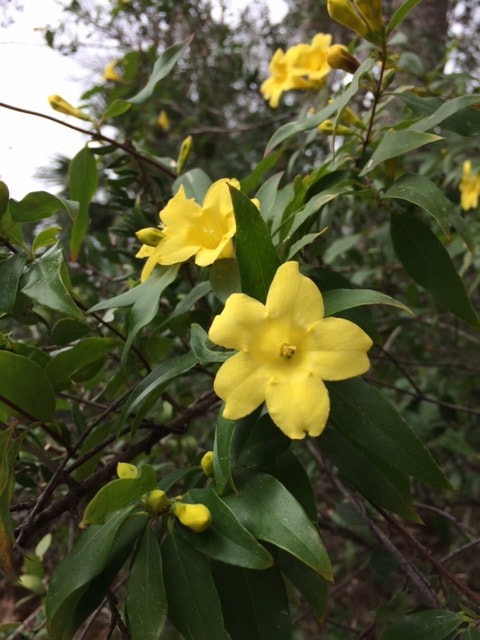
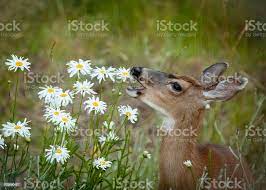



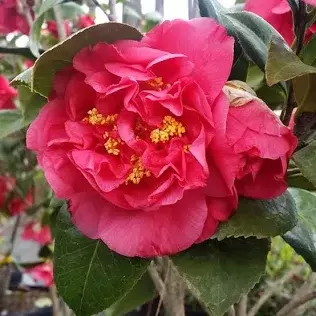
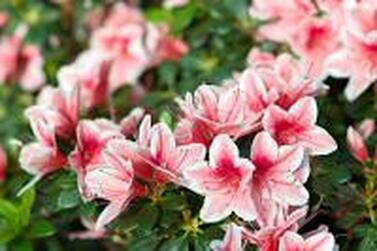
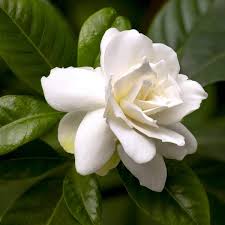
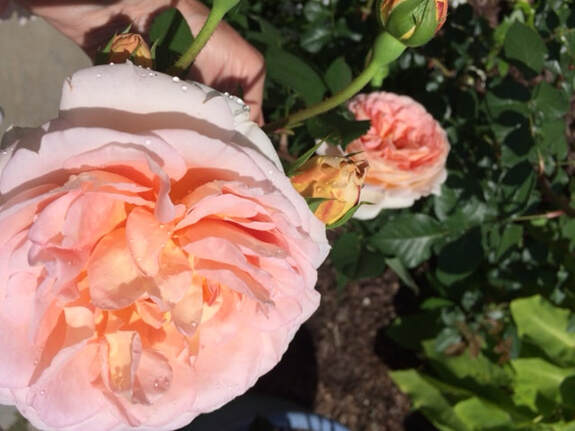
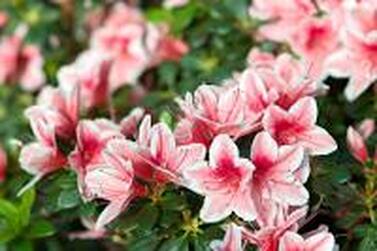
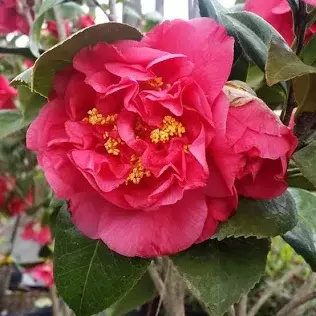
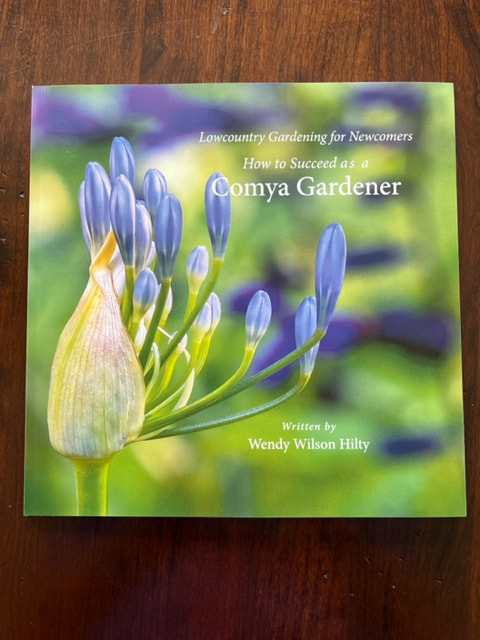
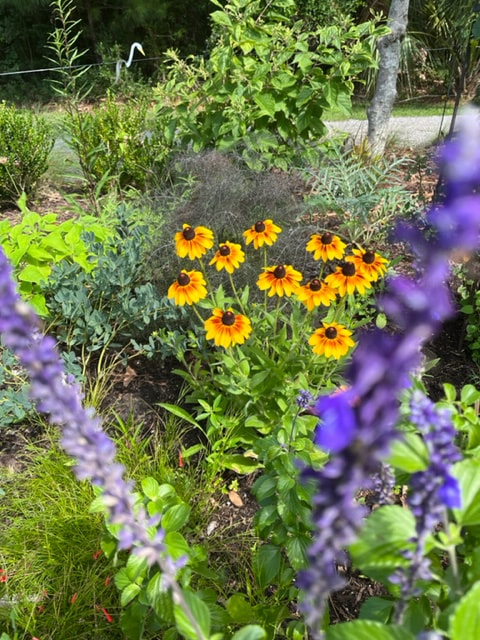
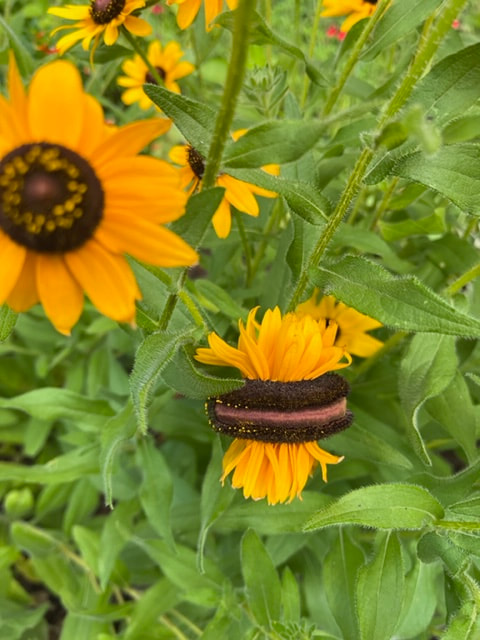
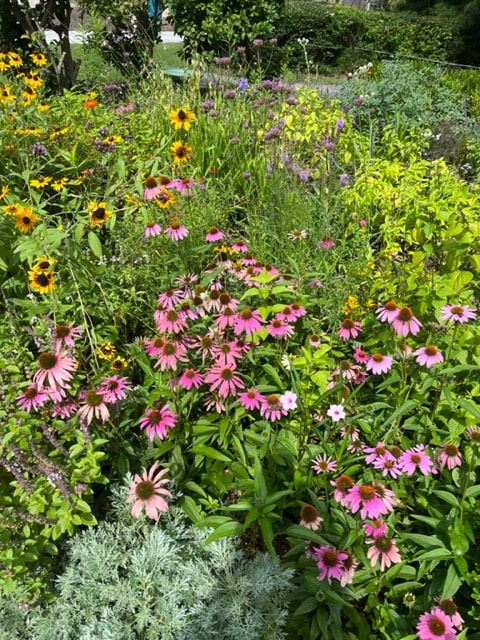
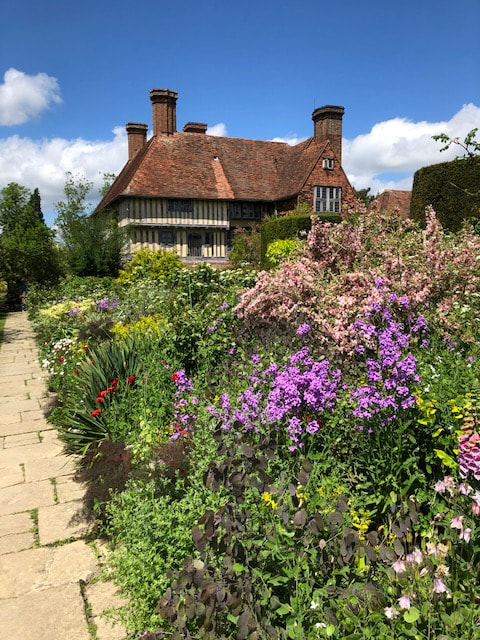
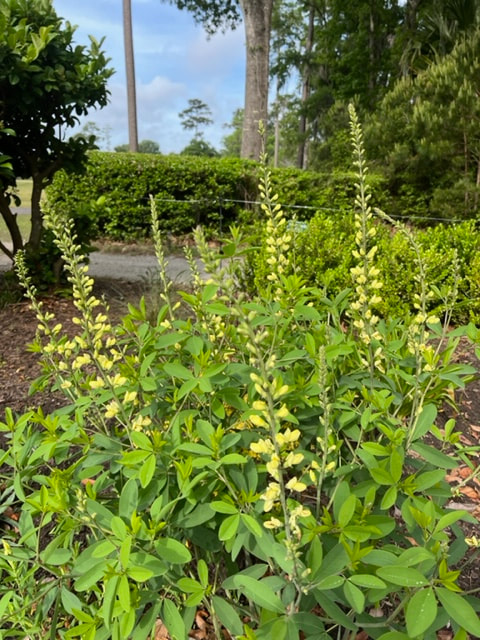
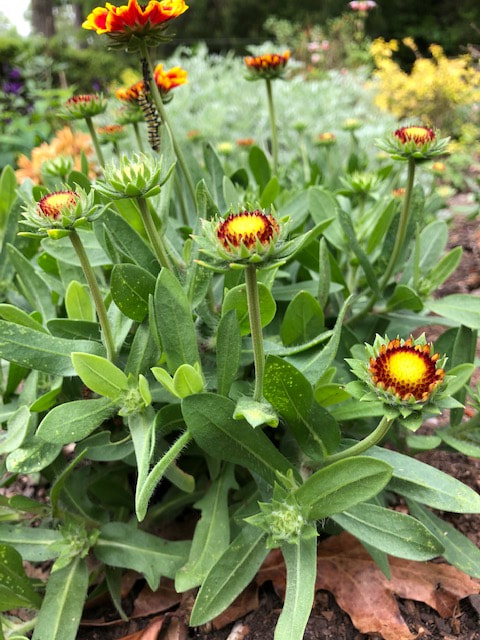
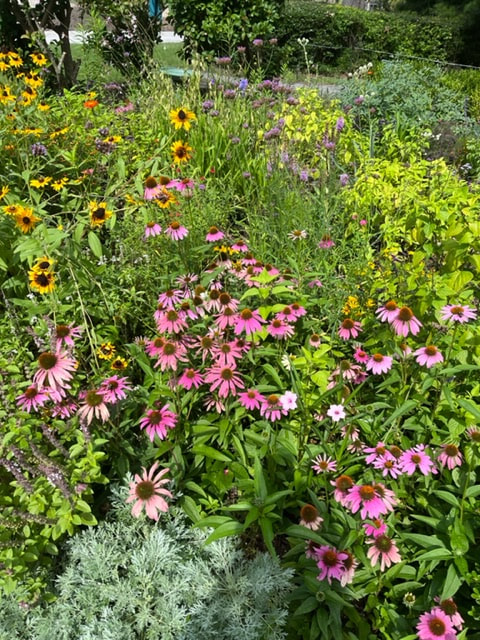
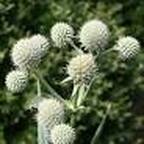
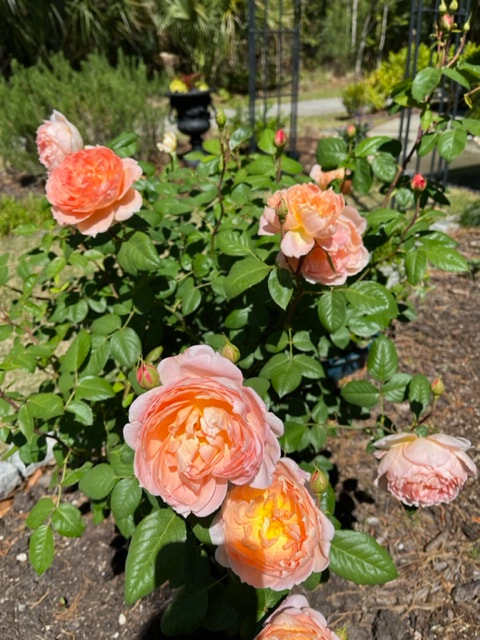
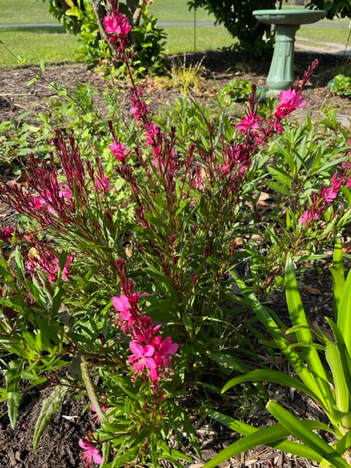
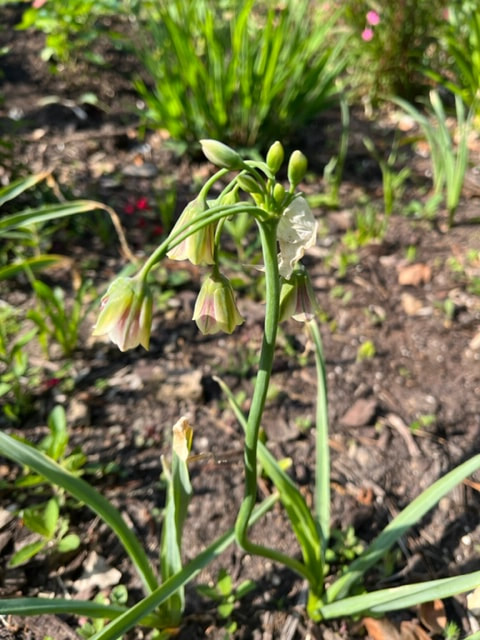
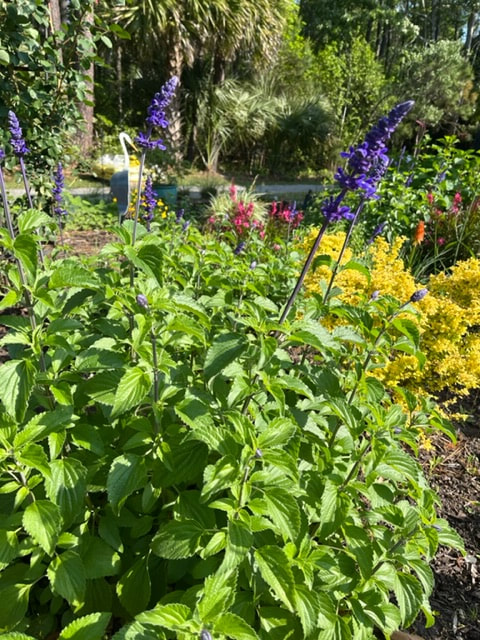
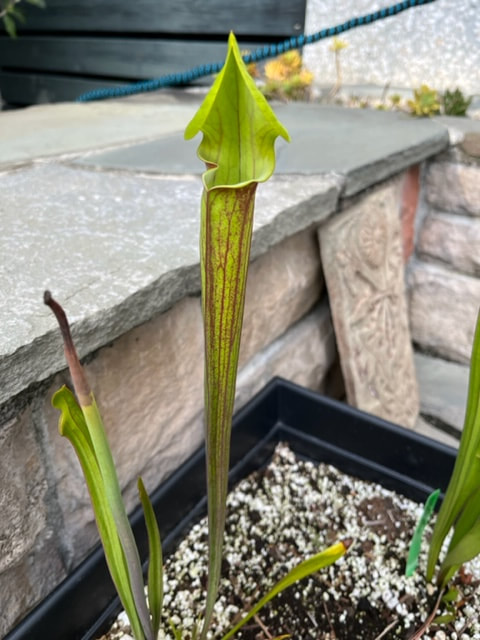
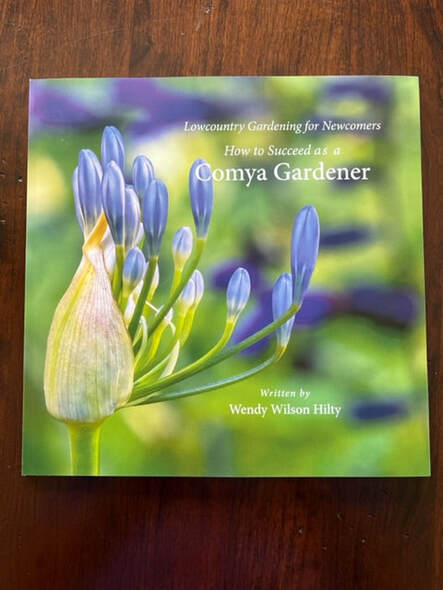
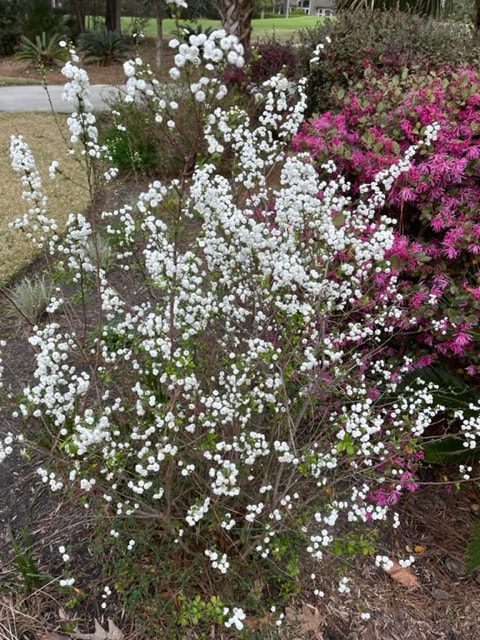
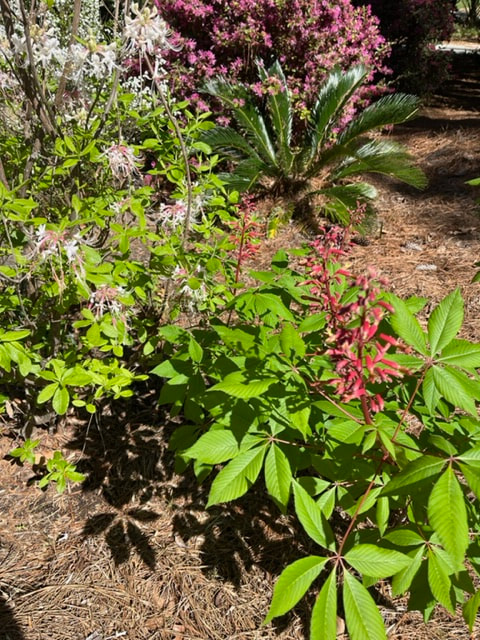
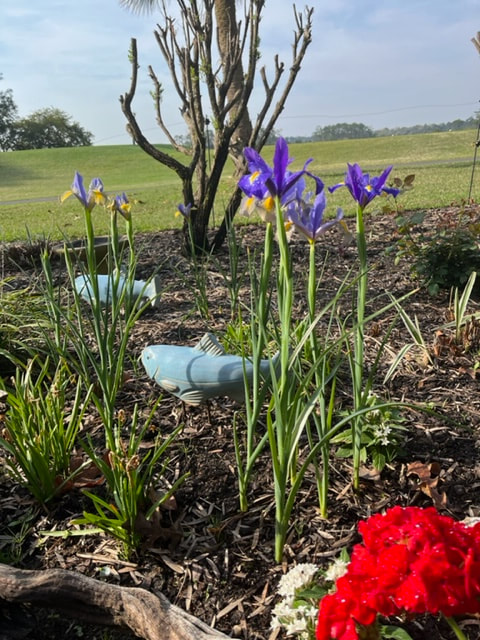
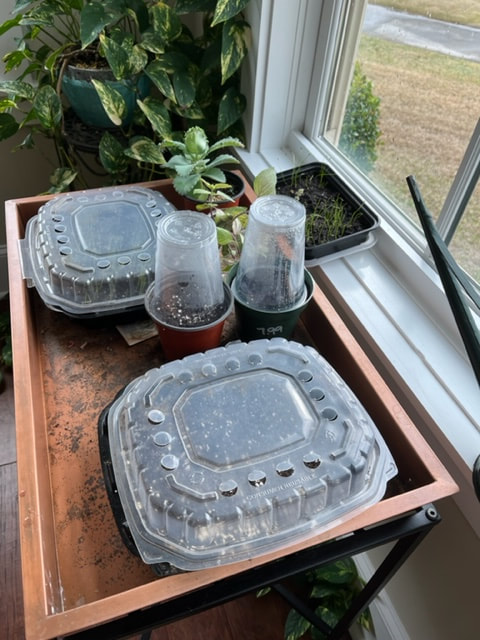
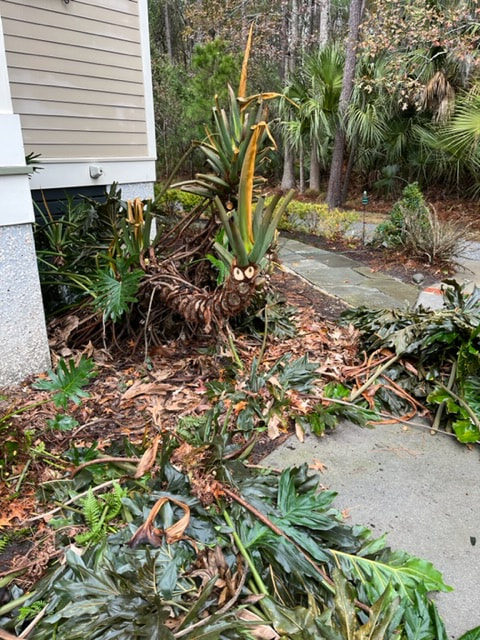
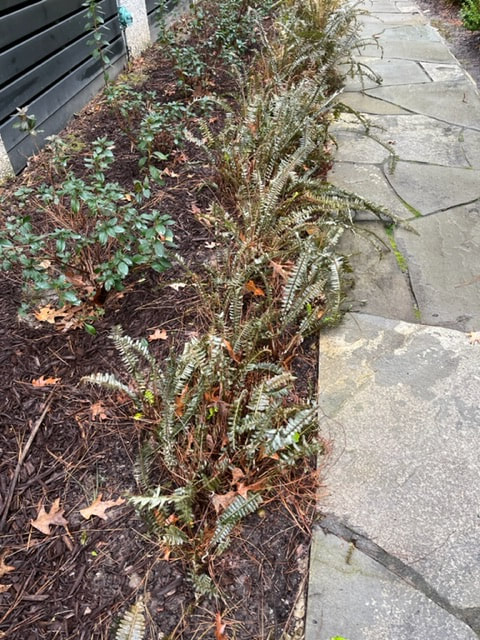
 RSS Feed
RSS Feed
